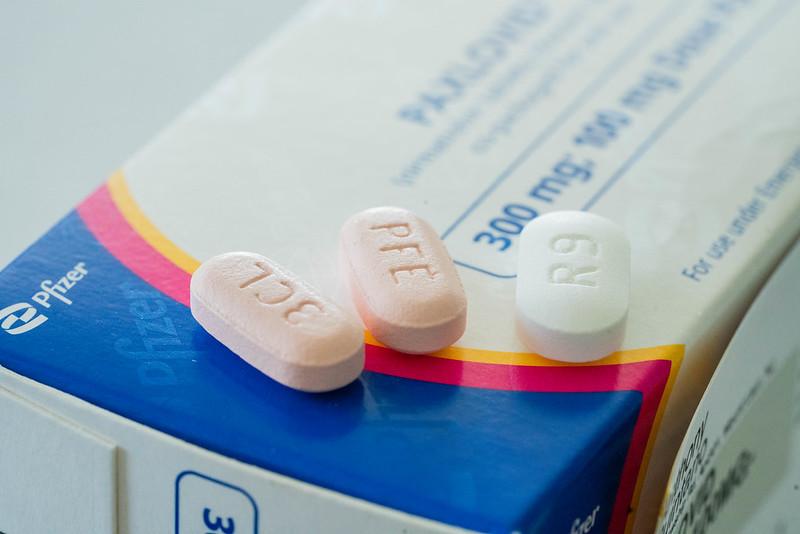Adults who were treated with nirmatrelvir–ritonavir (Paxlovid) for their COVID infections in an outpatient setting during the earlier Omicron variant months had a high prevalence of drug-drug interactions (DDIs), Canadian researchers reported yesterday in PLOS One.
In its clinical guidance, the Centers for Disease Control and Prevention (CDC) urges healthcare providers to be aware of Paxlovid eligibility criteria and the potential for drug interactions. The drug carries a boxed warning about significant drug interactions. Treatment guidelines from the National Institutes of Health urge clinicians to carefully review patients’ medications but adds that many commonly used drugs can be safety administered, despite the interaction potential.
For the study, the investigators assessed 637 consecutive patients who were prescribed Paxlovid at a Toronto clinic between March 3, 2022, and September 20, 2022. The median age was 70, and the median number of risk factors for severe disease was two, with 45% having immunocompromising conditions. The vast majority (82%) of patients had received at least three COVID vaccine doses.
Older patients had more interactions
About 95% of the patients completed their 5-day Paxlovid course, with 68% reporting full symptom resolution by 28 days. Sixty (11%) of the patients had rebound symptoms. Only 3.3% of patients were hospitalized, with 1.2% linked to COVID. No known deaths were reported.
The median number of concurrent medications was seven. Researchers found that 70% had at least one DDI, which increased to 82% in patients ages 70 and older. Most DDIs required clinical intervention, with most needing assistance from a pharmacist.
The most common drugs involved with the DDI events were cardiovascular drugs and those for benign prostatic hyperplasia, followed by central nervous system drugs and oral antithrombotic agents.
Adverse events didn’t affect adherence
The researchers also found a high rate of adverse drug events, at 62%, though they pointed out that effects didn’t usually prompt patients to stop Paxlovid treatment. The most common ones were a persistent bad taste in the mouth (dysgeusia) and diarrhea.
The team said Paxlovid continues to be a mainstay for treating mild COVID in people at risk for severe disease and that the study findings underscore the need to manage drug interactions for patients taking Paxlovid. They urged prescribers to be aware of the high real-world prevalence of DDIs and adverse events, as well as strategies to mitigate them, which they said helps support treatment adherence.



















